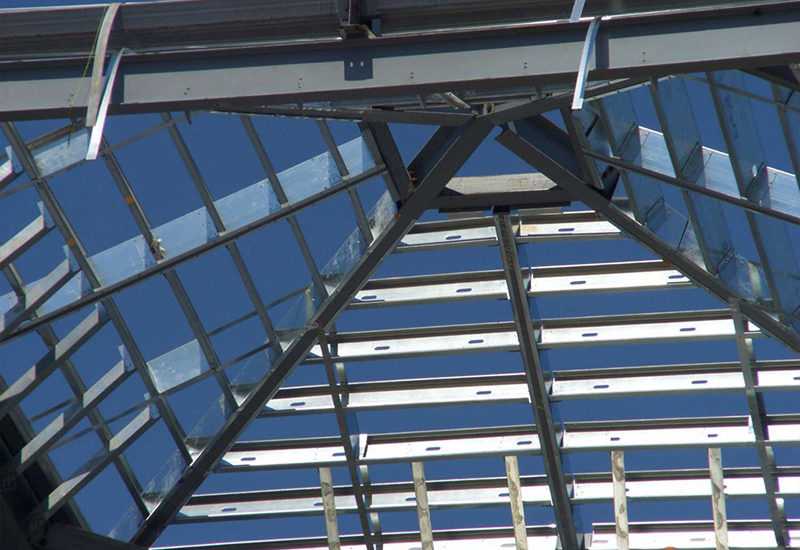Structural steel detailing is a very critical process in structural engineering and requires an accuracy of more than 99%. Steel columns, beams, trusses, stairs, handrails, braces, steel joists, metal decking, and many other large and small steel components are used in the construction of buildings, bridges, airports, and industrial plants. Without proper structural steel detailing, designing, and engineering, these structures could prove inefficient and cause disastrous accidents. Even a tiny error can lead to loss of valuable time and money. Structural Steel Detailing is a mandatory process in all types of manufacturing and construction activities, such as erection of residential and commercial buildings, factories and institutes, as well as shipbuilding. The process of steel detailing is a vital ‘communication link’ that connects key professionals such as engineers, architects, contractors, fabricators and others—all of whom are individually and collectively responsible for the highest levels of accuracy at each stage. All of these professionals have to work hand-in-hand in order to avoid any kind of mishaps during or after the construction process.
Steel detailing involves the creation of detailed drawings for fabricators and contractors, and includes plans and estimates, as well as other reports. The process involves two main types of drawings:
- Shop drawings:
These are also called detail drawings. These specify every minute detail of an individual steel component (columns, beams, joists, trusses, braces etc.) that needs to be made by a steel fabricator. Such drawings include material specifications, component sizes and dimensions, surface specs, welding, bolting and painting details, and all other information pertaining to the fabrication of each component. - Erection drawings:
These portray dimensioned plans and specify the location of each steel component within the overall structure. These drawings include detailed and specific information about the position of each component, the requirements for installing them, and all the associated field work such as installing bolts, wedge anchors and welding spots.
The detailer is required to comply with the steel detailing standards of the respective countries. The design, strength and integrity of steel structures are the responsibility of the structural engineer, while complying with the major dimensions and building codes are the responsibility of the architect. The detailer is responsible for getting the steel detailing drawings approved by the structural engineer and the architect prior to release for fabrication.
Structural steel detailing is essential for all public, commercial, and industrial constructions. Previously, structural steel components were not extensively used for construction purposes. But, today, right from industrial structures to residential and shopping complexes, structural steel detailing is vastly used for creating distinctly elegant building structures. Steel fabrication has also always played an important role in the manufacturing of heavy machinery for civil and military sectors. Structural steel detailing is essential for every type of construction process. With the help of all the latest tools and equipment, the steel fabrication process can be done effectively, reducing the production time and costs.






